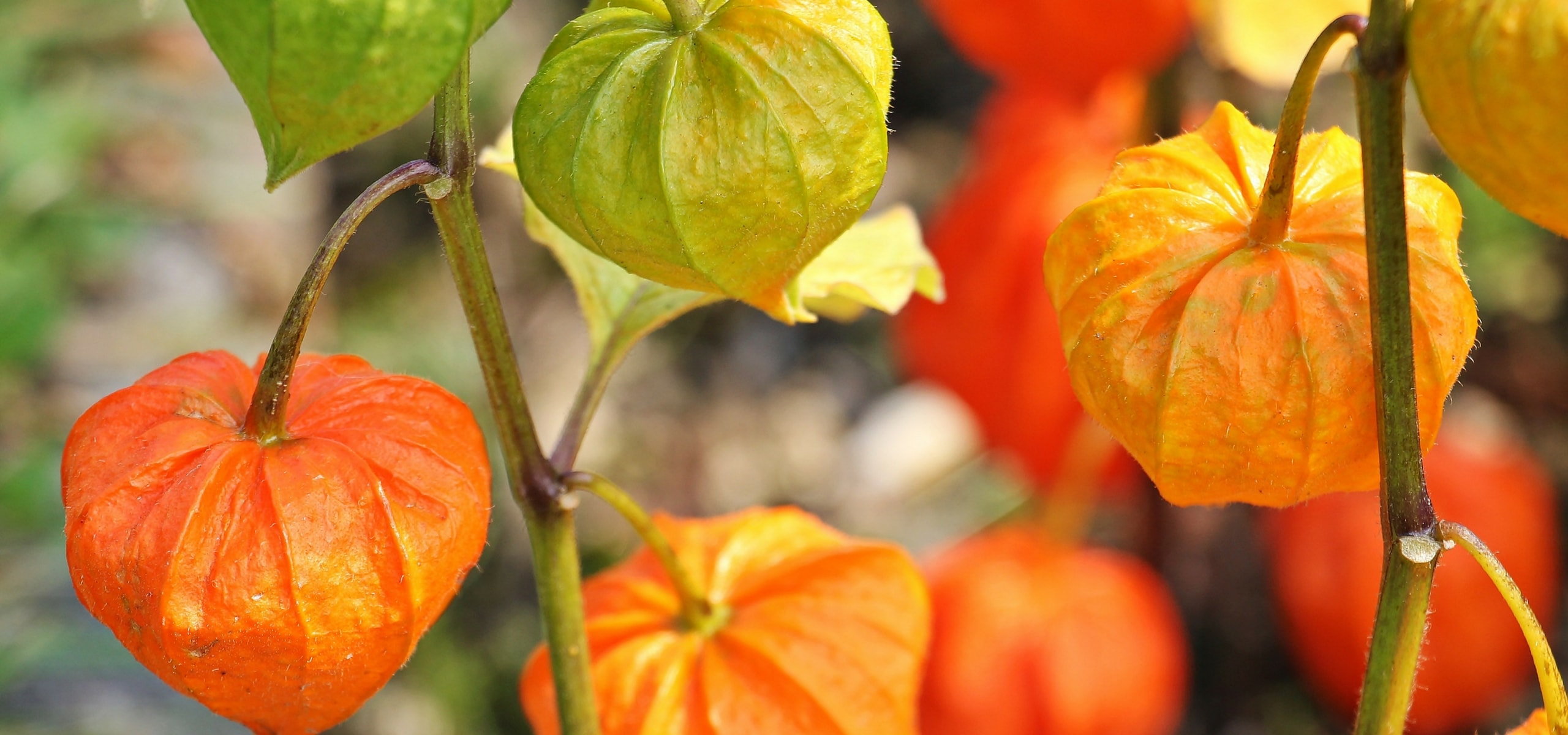
Cultivation of physalis
How to sow, plant, and grow Physalis?
Contents
Physalis is appreciated for its small fleshy and juicy berries, which are very decorative as they are encased in a calyx shaped like a small lantern. The berries are yellow, orange, or purplish depending on the variety, and they have a sweet and slightly tangy taste. The name Physalis actually encompasses three closely related plants, which are sometimes confused:
- the Physalis peruviana or “Peruvian groundcherry”,
- the Physalis pruinosa or “ground cherry” and “Cape gooseberry”,
- the Physalis ixocarpa or “tomatillo” and “tomatillo”.
While all are cultivated in the same way, they do differ from one another in size, fruit colour, and also in their habit (upright or creeping).
→ Also discover our complete guide on Physalis
Where to grow Physalis?
Physalis belong to the same family as tomato. Like it, they thrive in rich, well-draining soil and require warmth and light to bear fruit. They should be placed in the sun, ideally sheltered from cold winds. Therefore, carefully observe your garden to determine its sunlight exposure and choose the most suitable location accordingly. In cooler regions, planting under cover (greenhouse) is a good solution for achieving bountiful harvests.
When and how to sow Physalis?
Sowing is done in warmth at home or in a heated shelter, ideally at 20 °C (18 °C minimum). Sowing is preferably done in March, but young plants intended for greenhouse cultivation can be prepared as early as February.
- Fill pots with special sowing compost.
- Sow the seeds on the surface of the substrate.
- Cover them with a thin layer of compost, then lightly firm down.
- Water gently using a watering can with a rose or a spray bottle.
Germination is a bit slow and can sometimes take up to three weeks.
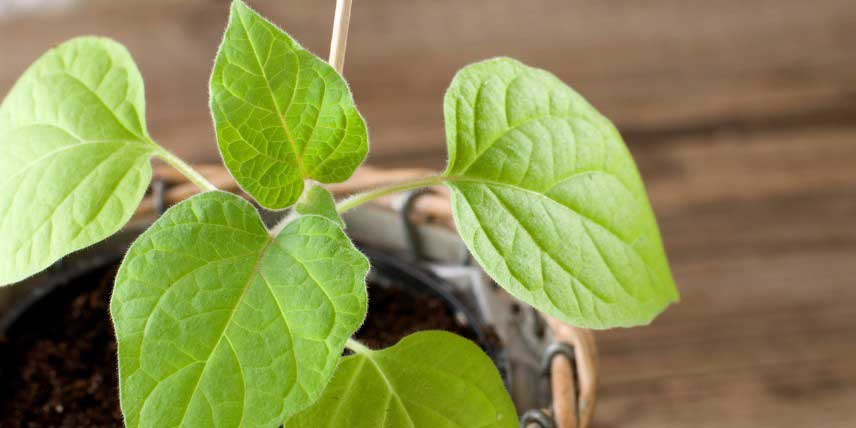
Discover other Physalis
View all →Available in 1 sizes
Available in 1 sizes
Available in 2 sizes
Available in 1 sizes
Available in 1 sizes
Available in 1 sizes
Available in 1 sizes
Available in 1 sizes
When and how to plant it?
Planting in the garden takes place when all risk of frost has passed, usually after mid-May. It is done in previously loosened soil (or in large pots on the balcony). The young plants should be spaced about one metre apart.
- Start by preparing the soil: weed and loosen the ground using a spade. Don’t hesitate to add some well-decomposed compost.
- Dig a planting hole two to three times the size of the root ball.
- Remove the Physalis from its pot and plant it in the centre of the planting hole, then gently firm the soil around it.
- Water generously.
- Feel free to add a layer of mulch at the base of the Physalis to help keep the soil moist for longer.
The Cape Gooseberry will need staking, but you can let the Ground Cherry and Tomatillo spread as they have a naturally creeping habit.
How to care for Physalis?
Unlike tomatoes, Physalis do not need to be pruned. Their maintenance involves regular weeding, hoeing, and watering. These tasks will be reduced if you mulch the soil with fine layers of dried grass clippings or fallen leaves, for example. This protection will also help to keep the soil moist and reduce the frequency of watering.
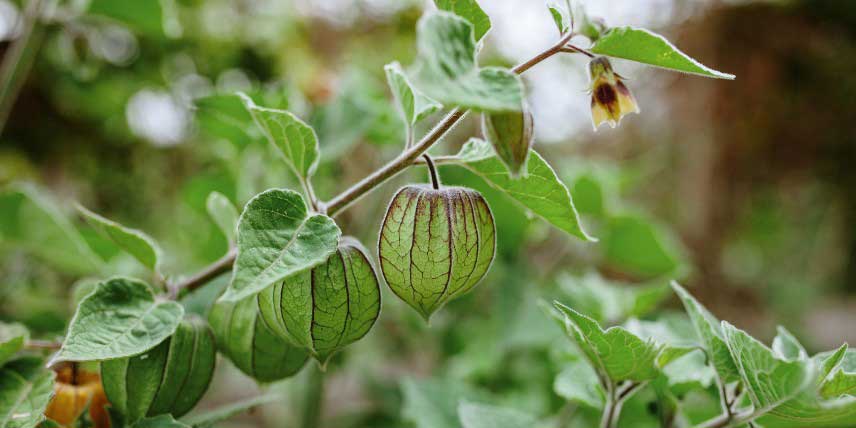
Diseases and Pests
Except for whiteflies, common in greenhouses, and possible aphids, physalis have very few pests. These can be easily eliminated by spraying with peppermint manure or water mixed with black soap.
As for diseases, none are specific to the species, but plants may be affected by rust.
To prevent this condition caused by a fungus:
- avoid overhead watering,
- ensure proper planting distances,
- if necessary, apply Bordeaux mixture sprays.
When and how to harvest Physalis?
Production is generally abundant, but fruiting and ripening are slow: it takes 120 days to obtain the first fruits. They are harvested at the end of summer and the beginning of autumn, when the calyx dries out or when the fruits fall off on their own onto the soil.
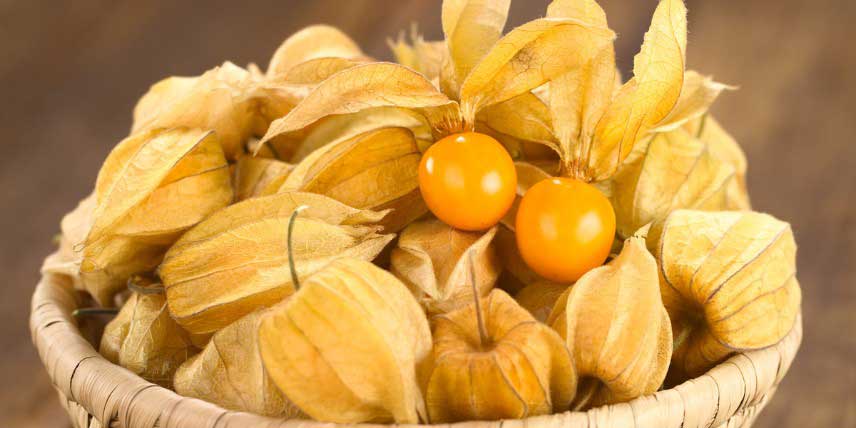
- Subscribe!
- Contents
































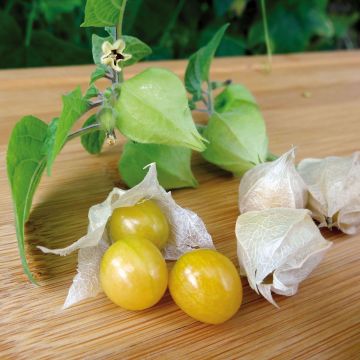
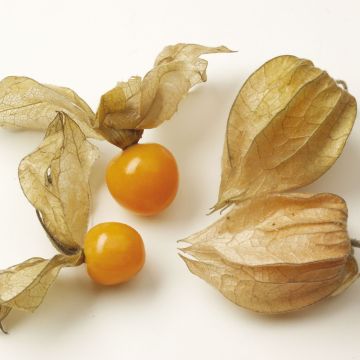

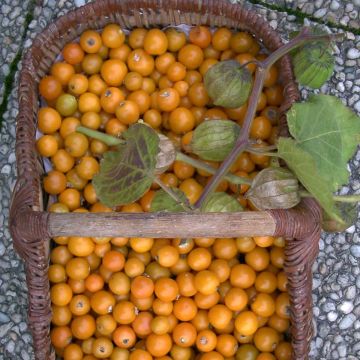

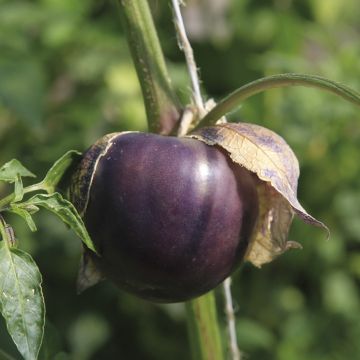

Comments